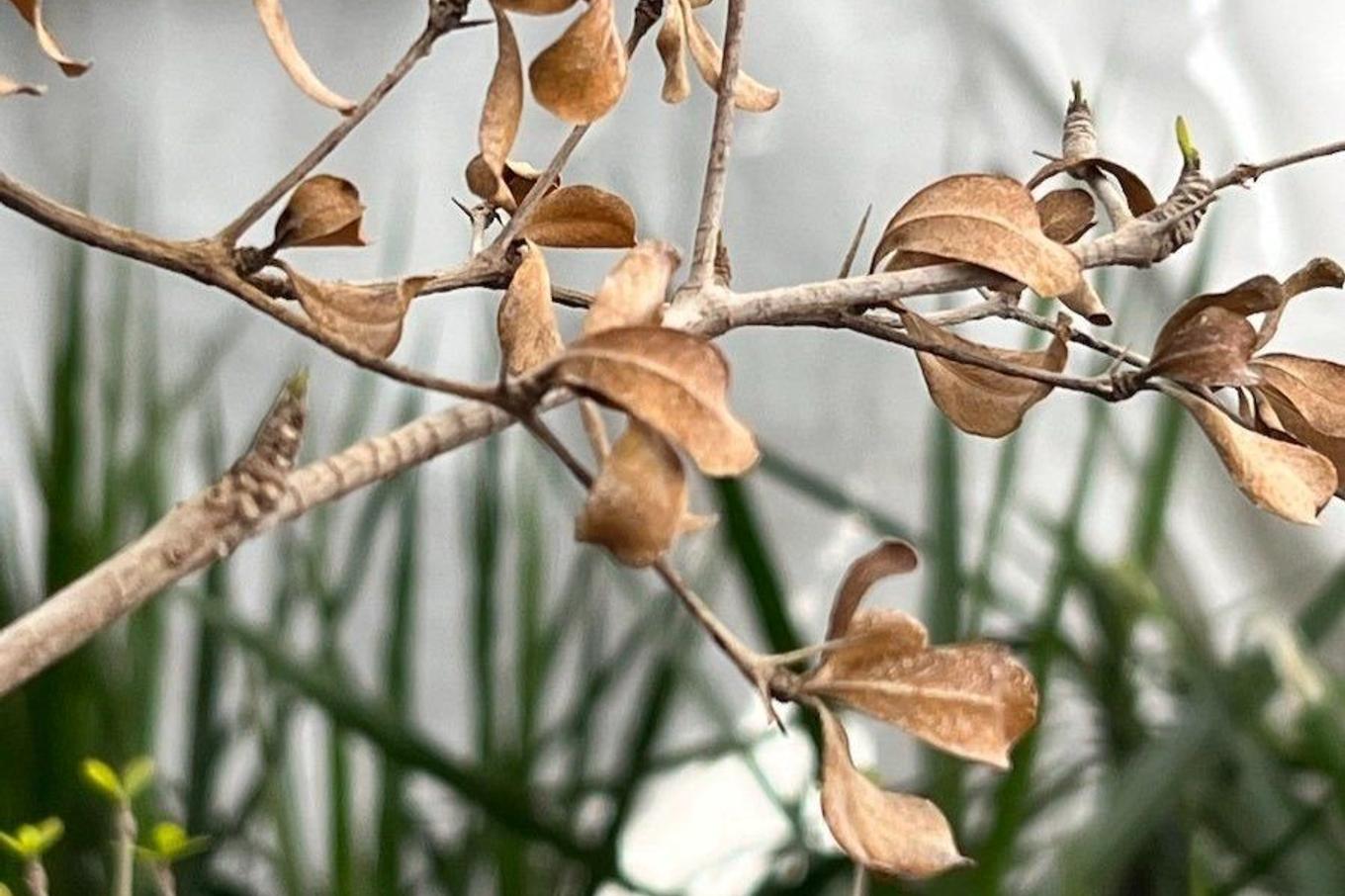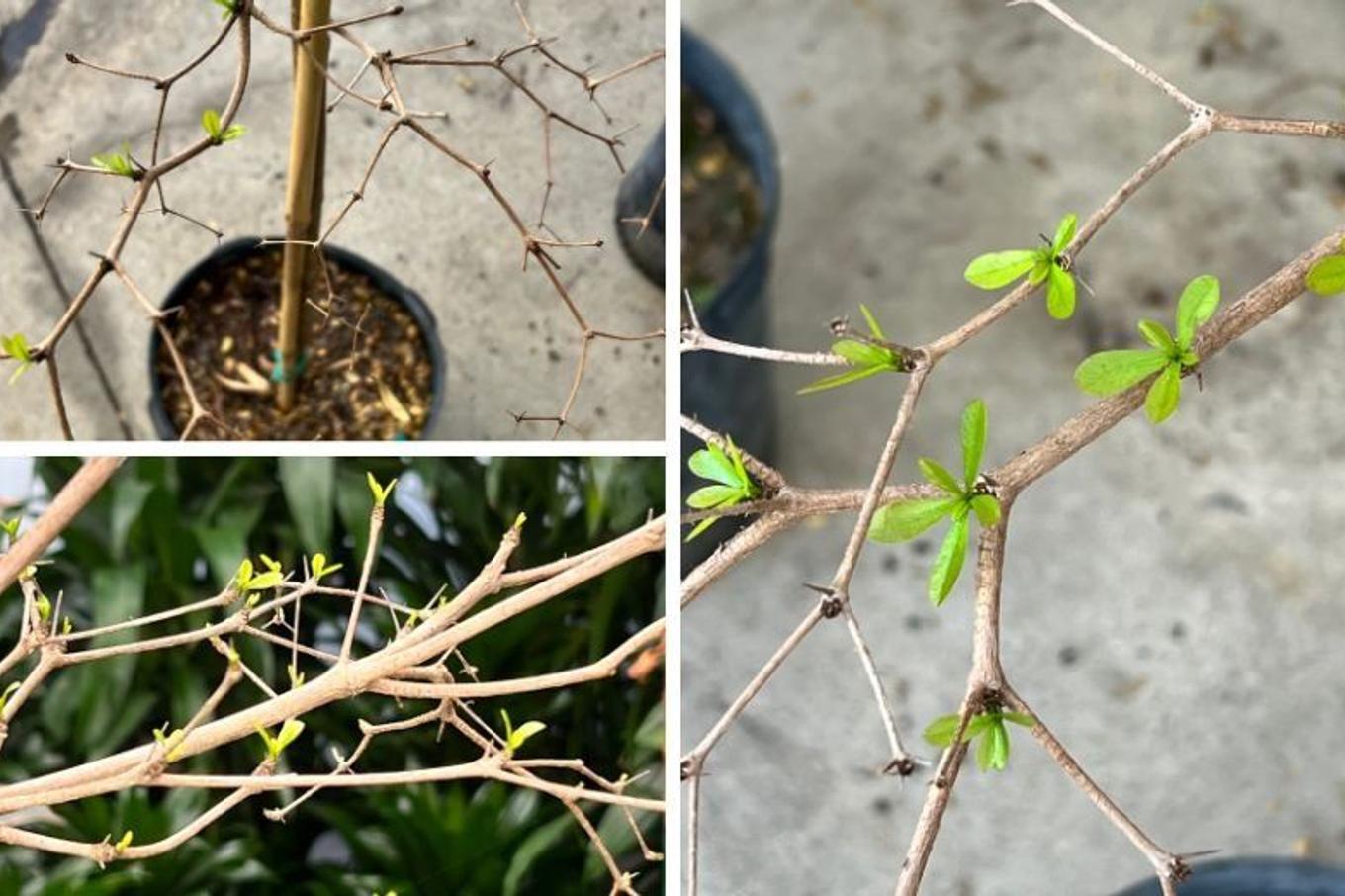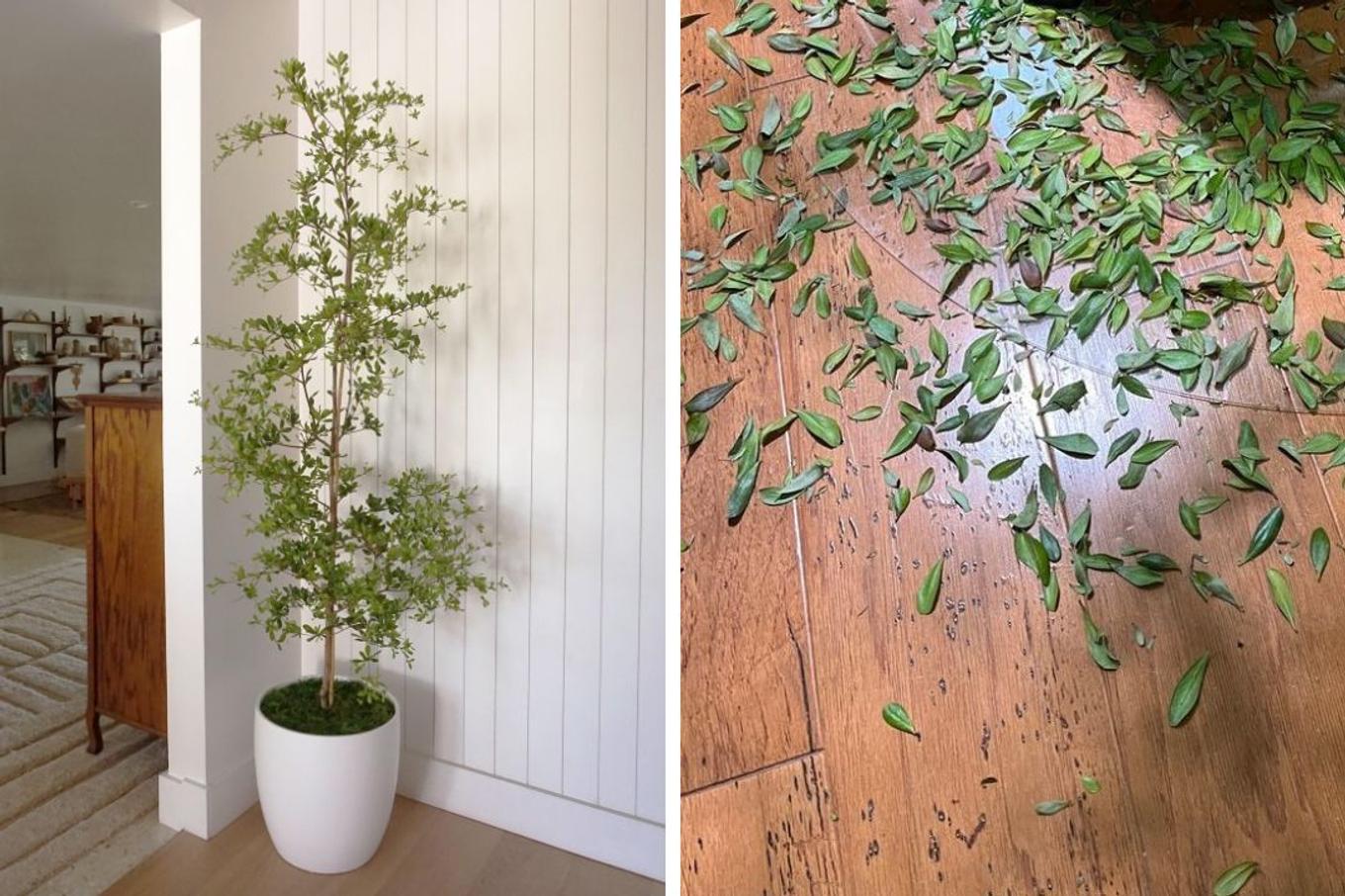{{ this.results.length }} Results
Your search for {{ this.pattern }} didn't return any results.
The First Six Months with Your Black Olive Tree: What to Expect
The Black Olive Tree (Bucida buceras), also known as the Shady Lady, is a captivating indoor plant admired for its delicate, dark green foliage and graceful structure. Despite its name, it's not a true olive tree and doesn't produce edible fruit. Native to tropical regions, this tree brings a touch of Mediterranean elegance to indoor spaces.
Bringing a Black Olive Tree into your home is a rewarding experience, but it's essential to understand its adaptation process during the initial months. Here's what to expect and how to support your tree's transition.
Initial Adjustment: Understanding Changes
Upon introduction to a new environment, it's common for the Black Olive Tree to shed some or all of its leaves. This response is due to changes in light, humidity, and temperature. While it may appear alarming, this leaf drop is a natural part of the plant's acclimation process and doesn't indicate poor health.
Patience During Leaf Shedding
Leaf shedding can last between 1 to 4 weeks. During this period, regular gentle shaking can help remove loose leaves, minimizing mess. It's crucial to remain patient and avoid intervening excessively, allowing the tree to adjust at its own pace.

Providing Optimal Conditions
To help your Black Olive Tree thrive during its adjustment period, be sure to create the optimal environment:
Light: Place the tree in a location with ample bright, indirect light, and some direct sunlight daily.
Watering: Black Olive Trees can be particularly thirsty during their adjustment phase, and you may find that you need to water more frequently during this time. Maintain consistent moisture by watering thoroughly every few days or at least once a week, ensuring the soil remains moist but not waterlogged.
Drainage: Use well-draining soil and pots with drainage holes to prevent root rot.
Temperature: Keep the tree away from drafts and sudden temperature changes.
Fertilizing: Refrain from fertilizing during the initial adjustment or while the plant is losing leaves. Once new growth appears, introduce a mild plant food to support development.

Transition to Growth
Between 6 to 12 weeks, you should observe new leaf growth, signaling the tree's successful adaptation. With proper care, the Black Olive Tree will flourish, enhancing your space with its unique beauty. Ready to enjoy this plant for years and years to come? Don't forget to check out our full care guide for the Black Olive Tree.
By understanding and supporting your Black Olive Tree through its initial adjustment, you'll ensure a healthy, thriving plant that brings lasting beauty to your home.
Sources
This article was written with insights from the certified Plant Doctors at Léon & George. Experts in botany and horticulture, our Plant Doctors are seasoned professionals with years of experience caring for plants, both in their work and at home as passionate hobbyists. Their guidance ensures that our plant care recommendations are rooted in scientific knowledge and practical expertise.
Léon & George customers enjoy free, 24/7 access to Plant Doctors through their account homepage. Not a customer but need expert advice? Book a video call or wellness visit today to keep your indoor greenery thriving.
